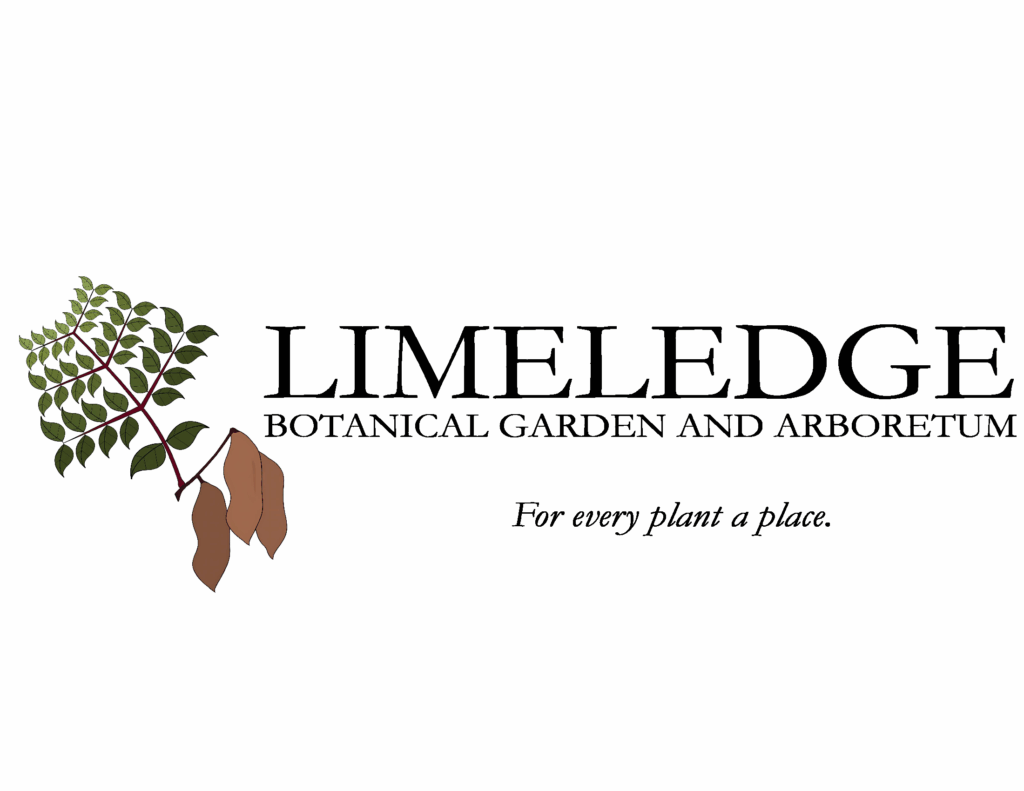State Route 321 • Elbridge, NY 13060
Our Story
Limeledge Botanical Garden and Arboretum was first conceptualized in 2021 as a way to rejuvenate the old Simmons Farm in Elbridge, NY and make it a cornerstone of the Central New York community. The property had been in an irrevocable trust, and after gaining approval from a majority of the trustees, Philip Crim began designing and implementing a years-long transition plan to clean up the property, address decaying infrastructure, and breathe new life into the once-functional family farm. We have come a long way, having achieved our official incorporation and 501(c)(3) status from the New York Department of Education in 2023 and purchasing the farm in 2024.
The property currently encompasses approximately 227 acres, with about 100 of those in field crops, and much of the rest in a variety of woodland landscapes. This provides a unique opportunity to not only have ample space for a world-class botanical garden, but also to showcase native species and their habitats with miles of hiking trails.
The Mission
The mission of Limeledge Botanical Garden and Arboretum is to assist in the conservation of plants by providing an accessible, community-oriented and educational reference collection. With an emphasis on rare and endangered species, native taxa, difficult species complexes, and their ecosystem services, visitors will be introduced to the importance of biodiversity and the rich tapestry of terrestrial ecosystems. The acquisition of documented, wild-collected material as well as the preservation of genotypes currently within cultivation, will serve as a reservoir for maintaining valuable and noteworthy germplasm for future generations.
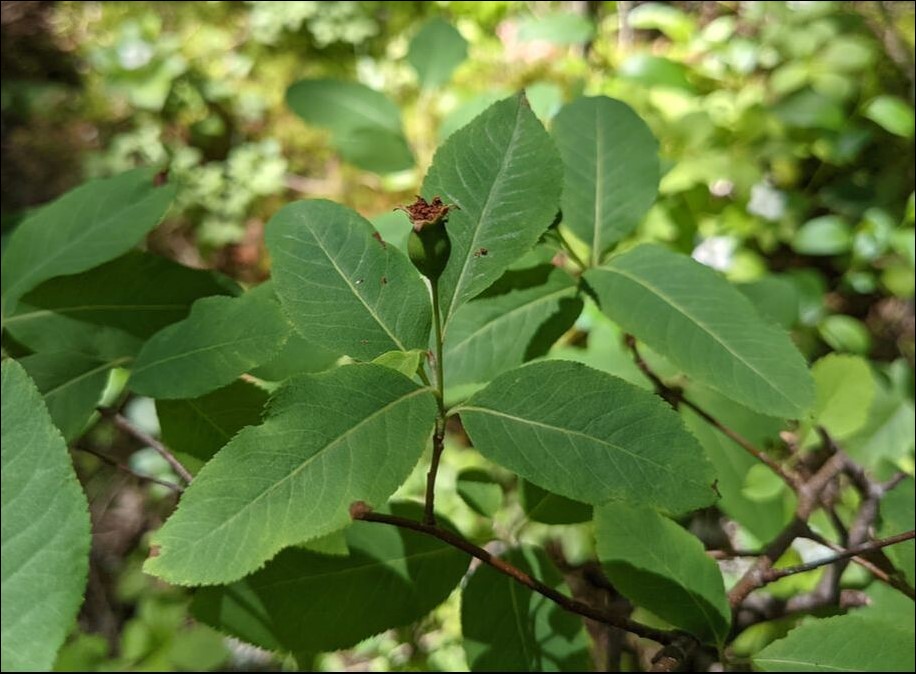
Conservation By Preserving Wild-Collected Plants
Documented collections of wild plants can be an important tool for the preservation of biodiversity. Many species that are currently imperiled rely on very specific environmental factors, have a very limited geographical distribution, or both. In areas where disturbance is a threat, ex situ conservation—in which plants are grown outside of their native habitats—can be an effective solution for preserving genetic diversity and viability of the species in the future. Some popular ornamental species such as paperbark maple (Acer griseum (Franch.) Pax)) have been introduced to cultivation from only a handful of individuals, resulting in a very limited gene pool. Introducing new individuals from the wild can provide an influx of new genes, traits, and serve as a reservoir for maintaining biodiversity regardless of the threats that these species may face in the wild. For species with wide geographic ranges such as Douglas-fir, collection of wild material from areas that are more climatically similar to our region will be a top priority. For species that are relatively abundant, the importance of provenance is often overlooked.
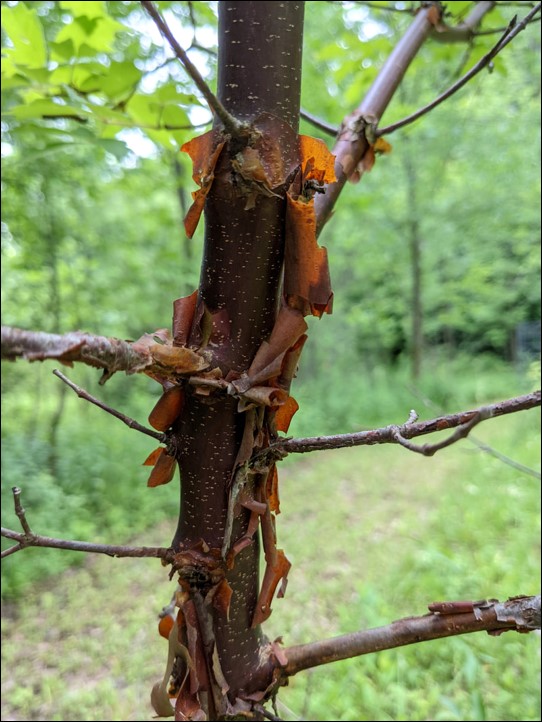
Reference Collections of Difficult Species Complexes
Some groups of plants can be very difficult to identify and characterize in the field, and are sometimes poorly understood in the scientific literature as well. Genera such as Salix and Crataegus challenge not only the skills of the professional botanist and ecologist, but the very biological concept of what constitutes a species. Some of these complexes, such as Malus and Rubus, include a large number of agriculturally important species that can serve as a valuable repository of genes for breeding improved crops. Even for iconic genera such as Quercus, oaks, professional and amateurs alike suffer from species-fatigue and the difficulty posed in gaining familiarity.
Although these groups can test the mettle of even a specialist in taxonomy, one of the core tenets of Limeledge will be to assemble collections of these genera to allow naturalists, researchers, environmental professionals, and the public the opportunity to study and familiarize themselves with these plants. In addition to serving as an important resource for training, they will serve as a repository that can be used for taxonomic studies, and to make these groups less mysterious and intimidating.
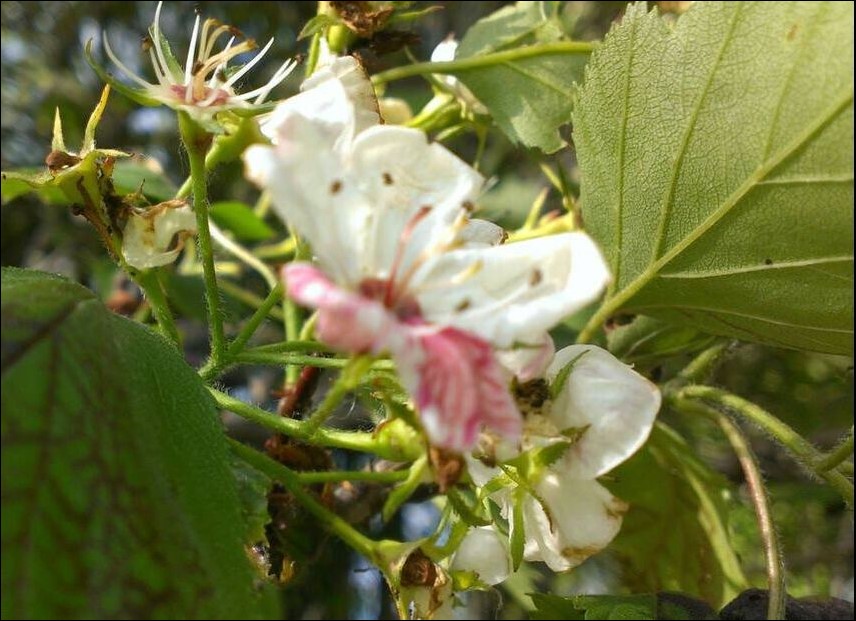
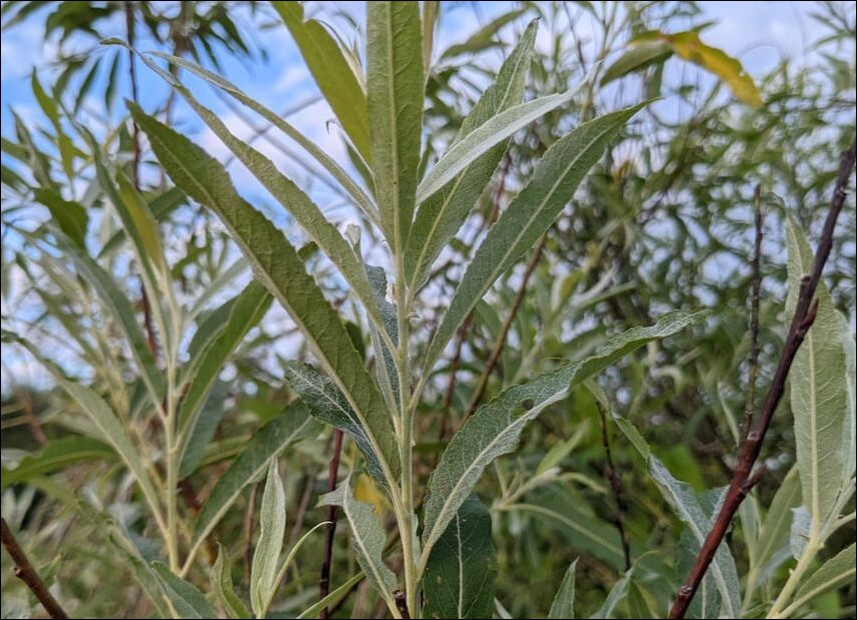
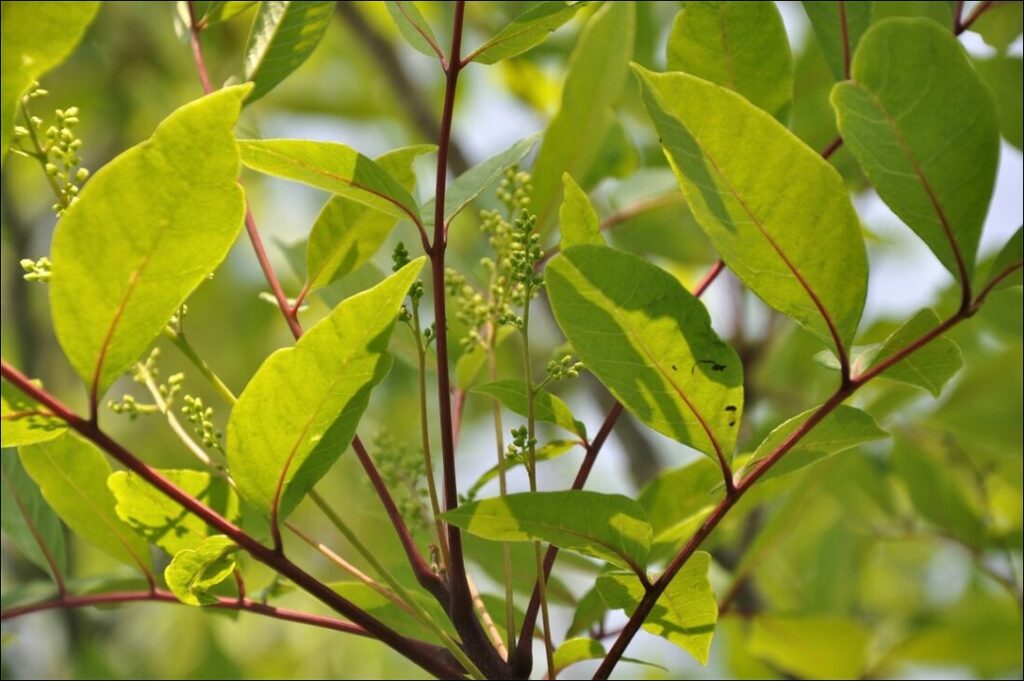
Preservation of Old Varieties
Many people have heard the term “heirloom apple” and are aware that some of our crop species are dominated by only a handful of genotypes, or varieties. This lack of genetic diversity renders crops more vulnerable to pests, diseases, and changing environmental conditions. It also creates less variety within the crops themselves; the thought of having only a single variety of tomato, apple, rice, etc. is troubling not just from an environmental viewpoint, but from a culinary perspective as well. Likewise, ornamental cultivars of widely cultivated tree species with unusual and potentially useful traits often become obscure and lost with time. Limeledge will seek out these clones that are on the verge of extinction and serve as a safe haven that is readily accessible to scientists, horticulturalists, and the public.
Arboretum With a New York Theme
Limeledge will honor its place within the rich tapestry and history of Upstate New York by promoting and emphasizing species that are native to the region. Just off the Allegheny Plateau, Elbridge, NY is at a unique geographical intersection where plants that are predominant in midwestern, southern, and northern forest ecosystems can be seen growing together in their natural state as native species. While Central New York and the Finger Lakes Region will figure most predominantly in the native species plantings, Limeledge will also feature native species plantings from Western New York, The Hudson Valley, Downstate (New York City and Long Island), and the Adirondacks. A long-term goal of Limeledge will be a collaboration with the New York Natural Heritage Program to serve as a repository for species that are listed as threatened and endangered at the state level, especially those currently at risk in the High Peaks region of the Adirondacks.
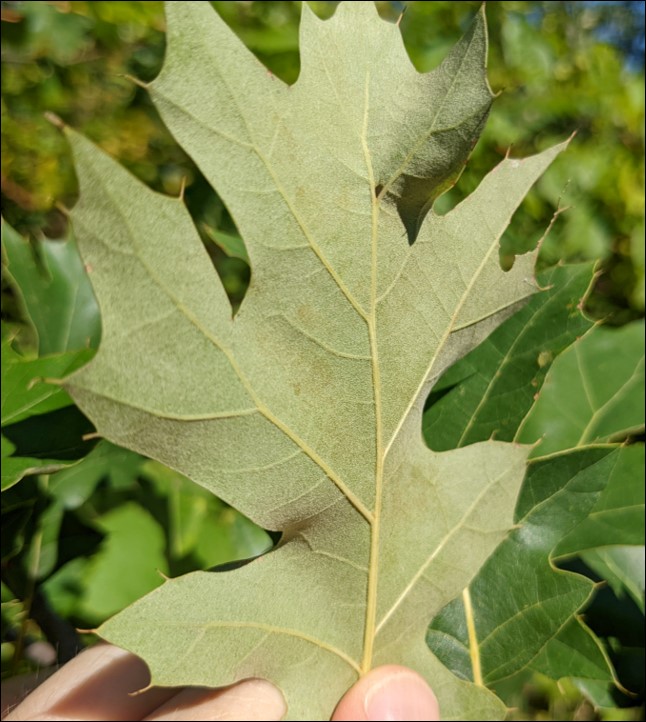
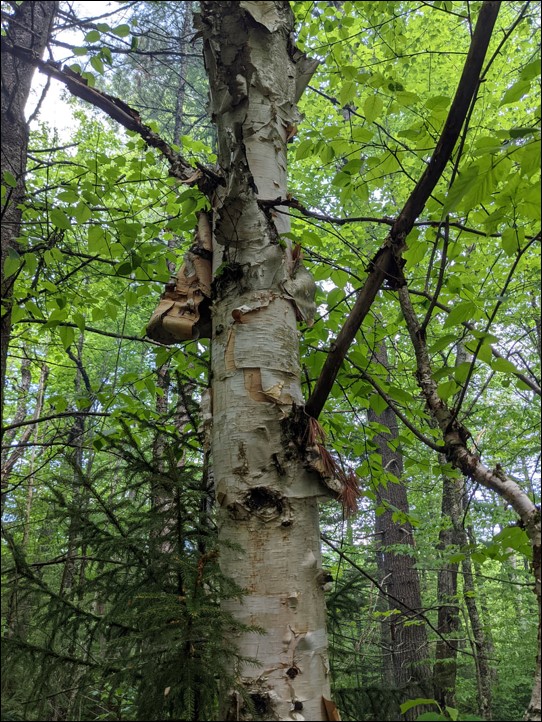
Monitoring for Invasive Potential
Since many of the non-native species at Limeledge will be poorly known and studied, ecologists will closely monitor these species for signs of invasive tendencies. After all, if we are going to be at the cutting edge of trying new and little-known species, that means we must also be a front-line defender against potential invasives. While this is always a risk and a part of the environmental footprint of any large collection, Limeledge will serve as a leader in identifying species that may pose a threat to our native regional ecosystems.
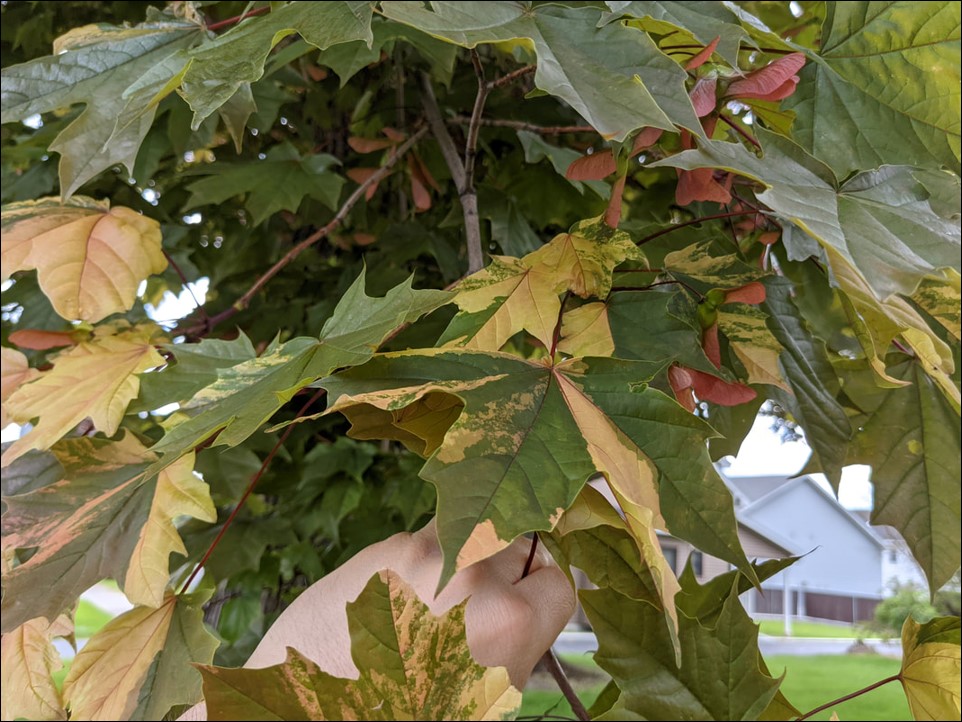
Sign up to see all of our e-updates!
